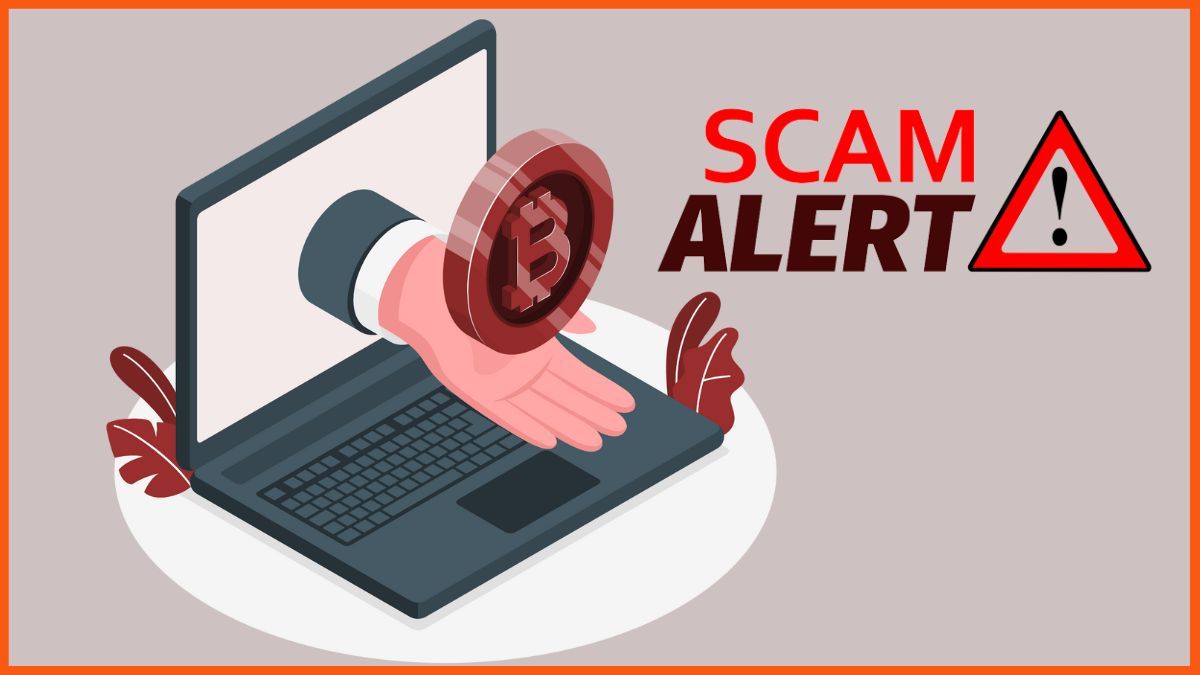The rise of cryptocurrency has unlocked new financial opportunities — but it has also attracted scammers looking to exploit unsuspecting investors. From phishing attacks to fake investment schemes, crypto scams are on the rise. Protecting your digital wallet is essential to safeguarding your assets. Here’s how to recognize common scams and defend your funds.
Common Crypto Scams to Watch Out For
“Awareness is your first line of defense against crypto scams.”
1. Phishing Attacks
Scammers often send fake emails, messages, or website links that mimic legitimate crypto platforms. Clicking these links can compromise your wallet’s private keys or recovery phrases.
How to Protect Yourself:
- Always verify website URLs before logging in.
- Avoid clicking on unsolicited email links.
- Use two-factor authentication (2FA) for added security.
2. Fake Wallet Apps
Malicious apps that appear in app stores may mimic trusted crypto wallets, tricking users into entering their credentials.
How to Protect Yourself:
- Download wallets only from official websites or trusted app stores.
- Double-check app reviews and developer details.
3. Pump-and-Dump Schemes
In these scams, fraudsters artificially inflate a coin’s value through false hype, prompting investors to buy in. The scammers then sell their holdings, causing the coin’s value to crash.
How to Protect Yourself:
- Be cautious of tokens that experience sudden, unexplained price spikes.
- Research project teams and their track record before investing.
4. Imposter Support Scams
Scammers pose as customer support agents from legitimate exchanges or wallets. They trick users into sharing sensitive data under the guise of helping them resolve account issues.
How to Protect Yourself:
- Legitimate support teams will never ask for your private keys or recovery phrases.
- Only contact support through verified channels.
5. Giveaway and Airdrop Scams
Scammers often impersonate public figures, influencers, or crypto brands to promote fake giveaways that require users to send funds to “qualify” for rewards.
How to Protect Yourself:
- Avoid offers that sound too good to be true.
- Verify giveaway announcements directly from official accounts.
6. Malware and Keyloggers
Malicious software can infect your device, recording your keystrokes or compromising your wallet’s security.
How to Protect Yourself:
- Install reputable antivirus software.
- Avoid downloading unknown files or programs.
Best Practices for Securing Your Digital Wallet
“Prevention is key to protecting your crypto assets.”
1. Use Hardware Wallets for Cold Storage
Hardware wallets like Ledger or Trezor keep your private keys offline, reducing exposure to online attacks.
2. Enable Multi-Factor Authentication (MFA)
Adding MFA to your wallet and exchange accounts adds an extra layer of protection, requiring multiple credentials to access funds.
3. Diversify Your Wallets
Avoid storing all your assets in one wallet. Keeping funds in separate wallets reduces the risk of losing everything in a security breach.
4. Regularly Update Software
Outdated wallet software can expose vulnerabilities. Regular updates ensure your security features remain effective.
5. Back Up Your Recovery Phrase Securely
Store your recovery phrase offline in a secure, undisclosed location. Never share it with anyone.
6. Verify Transactions Before Confirming
Scammers may attempt to modify transaction details. Always double-check wallet addresses and transaction details before approving transfers.
7. Educate Yourself Continuously
Crypto scams evolve rapidly. Staying informed about emerging threats helps you stay one step ahead of scammers.
Final Thoughts
Crypto scams are growing in complexity, making vigilance essential for investors. By understanding common tactics and adopting proactive security measures, you can significantly reduce your risk of falling victim to fraud.
In the world of digital assets, knowledge and caution are your best defenses. Protect your crypto, protect your future.








